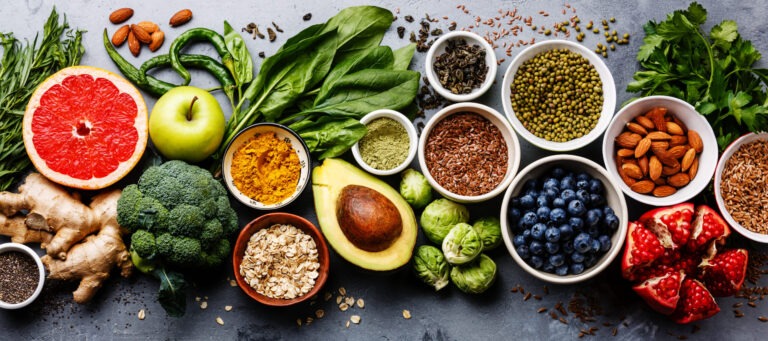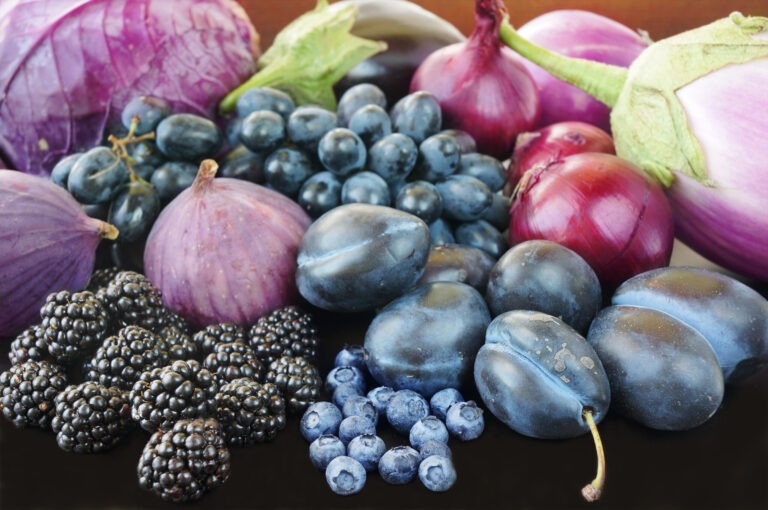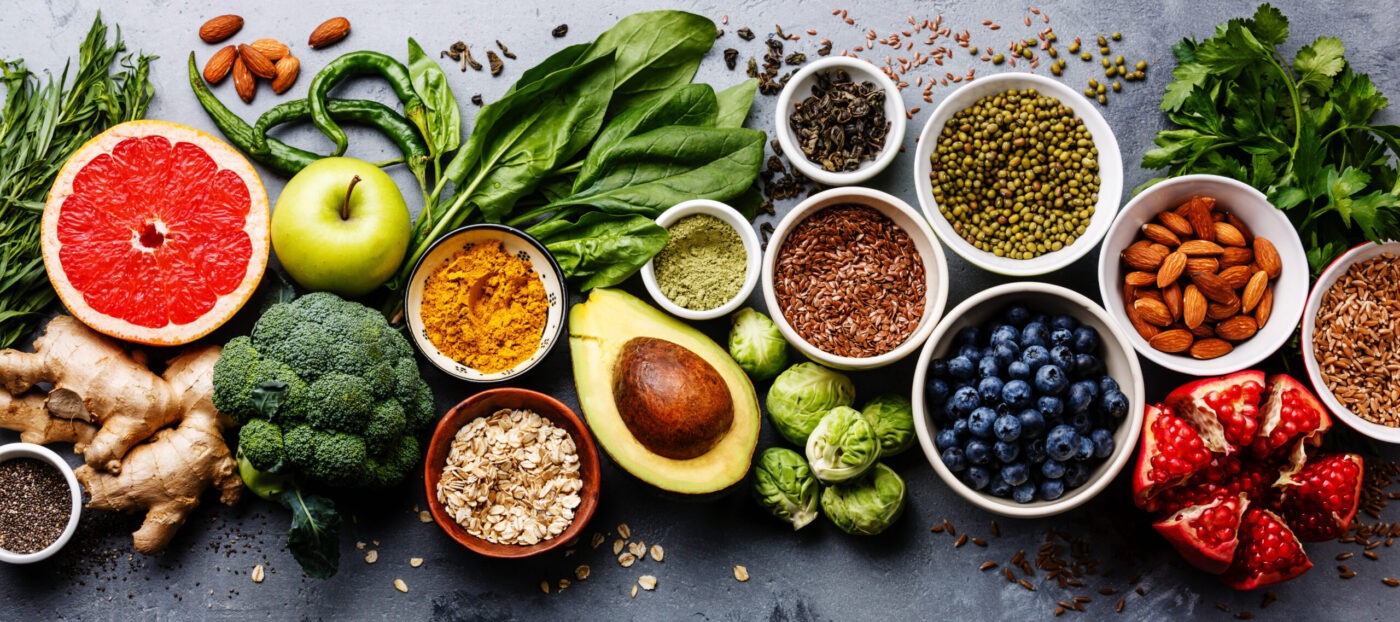
While dealing with shorter days and colder weather, it can be tempting to rely on comforting but often nutrient-poor meals. However, incorporating a variety of colourful fruits and vegetables into your diet can not only lift your mood – but also provide essential vitamins and minerals to keep your body healthy during the colder season.
Why Eat the Rainbow?
Fruits and vegetables get their vibrant colours from naturally occurring compounds, many of which have significant health benefits. By eating a wide range of colours, you ensure that your body gets a diverse array of nutrients, each playing a unique role in supporting immunity, energy levels, and wellbeing.
Red: Powerful Antioxidants for Heart Health

Red fruits and vegetables, such as tomatoes, red peppers, and pomegranates, are rich in lycopene and anthocyanins, both of which act as antioxidants. Lycopene has been linked to heart health and may reduce the risk of certain cancers. Pomegranates, packed with polyphenols, can also help support cardiovascular function by improving blood circulation.
Orange & Yellow: Boosting Immunity and Vision
Bright orange and yellow foods, like carrots, sweet potatoes, and butternut squash, are rich in beta-carotene, a precursor to vitamin A. This nutrient is essential for eye health, skin repair, and a strong immune system. Citrus fruits such as oranges and grapefruits provide vitamin C, which helps the body fight off winter colds and supports collagen production for healthy skin.

Green: A Nutrient Powerhouse for Wellbeing
There is a reason why, when speaking of vegetables, they are often referred to as “the greens”! Leafy greens are a nutritional powerhouse; foods like kale, spinach, and Brussels sprouts are packed with vitamins A, C, and K, as well as folate and iron. These nutrients contribute to healthy blood circulation, bone strength, and immune function. Cruciferous vegetables, such as broccoli and cabbage, contain compounds that may support the body’s natural detoxification processes.
Blue & Purple: Brain-Boosting and Anti-Inflammatory
Dark-coloured foods like blueberries, aubergines, and purple cabbage contain anthocyanins, powerful antioxidants that have been linked to improved cognitive function and reduced inflammation. These fruits and vegetables may help protect against memory decline and chronic diseases such as heart disease.

White & Brown: Supporting Gut and Heart Health
Although not as vibrant, white and brown produce such as mushrooms, garlic, onions, and cauliflower still offer incredible benefits. Garlic and onions contain allicin, which supports heart health and has antimicrobial properties, while mushrooms are an excellent source of vitamin D – especially useful in the sun-deprived winter months!
It can be easy to bring more colour into your winter meals with a little creativity. Start the day with a smoothie packed with berries, spinach, and citrus fruits. Warm up with a roasted vegetable soup featuring sweet potatoes, carrots, and red peppers, and add colour to your plate by including a vibrant salad. There are so many options to include all these nutrient-rich foods – and discover delicious new recipes while you’re at it!



